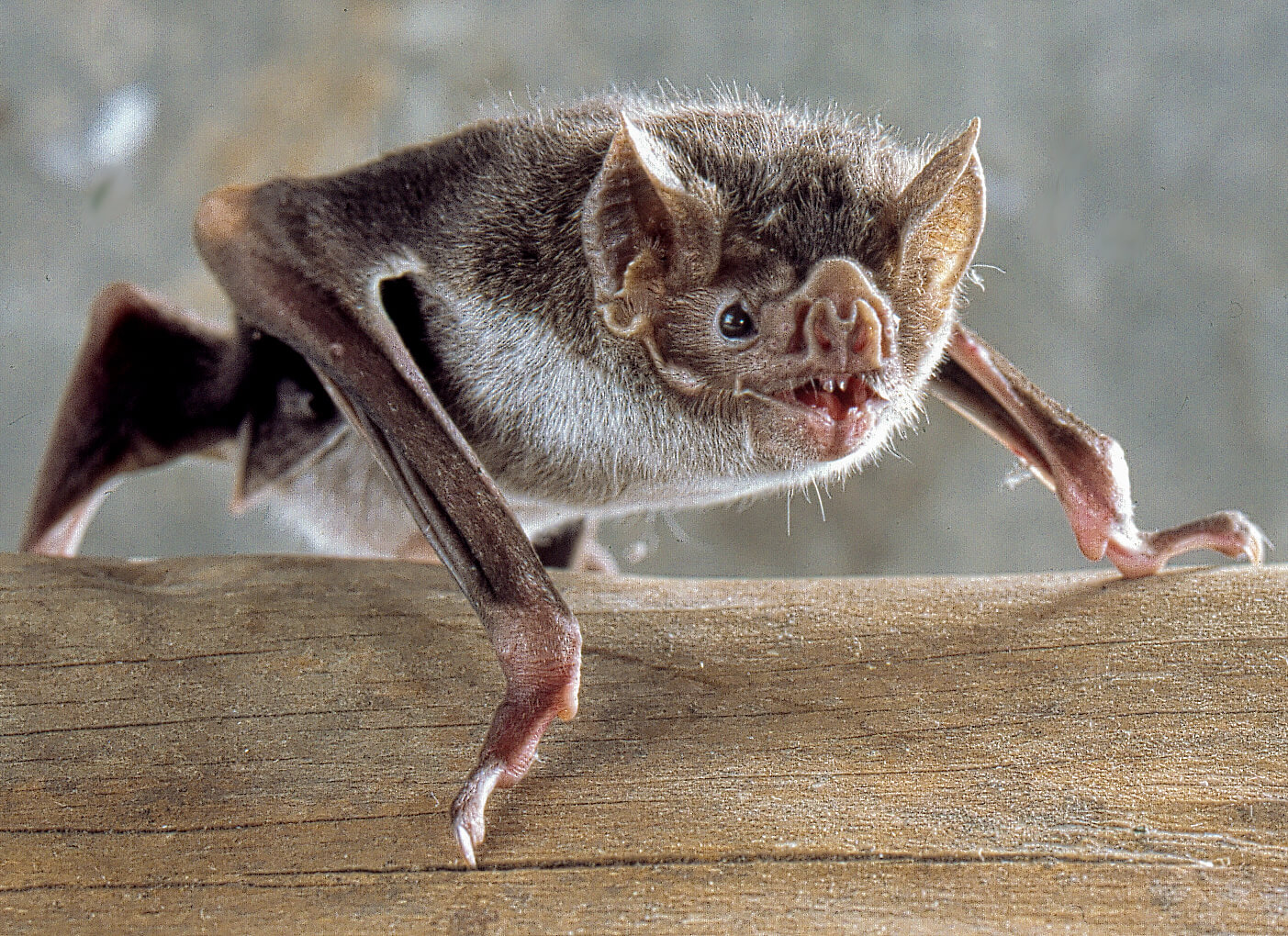All about AWL: Wildlife Removal & Management

The Humane Bat Removal and Bat Exclusion in NY & VT PDFs
The females form big maternity colonies, typically in structures such as attics or barns. Young are born in June, and can fly by August. They can live up to thirty years obviously, though typical life expectancy in the wild may have to do with 7 years. They hibernate in the winter. The (Eptesicus fuscus) is likewise typical in the northern locations.

They mate in October, prior to winter hibernation, and after a postponed fertilization and a 60 day gestation, give birth to one or 2 baby bats in early June. The Tadarida brasiliensis prevails in the south. It has a wingspan of about 8 inches, a weight of half an ounce, and can measure up to 16 years.

Bat Removal in The Villages - Trapping - Control

Bat Removal
They mate in the fall, but delay fertilization, and one puppy is born in early June, and can fly about 8 weeks later. All of these bats often roost in man-made buildings, and love the attics of houses. None of these animals are really blind, but they do utilize echolocation in order to help in navigation on the wing.
The Bat frequently asked questions - - Wisconsin DNR PDFs
Read About Colonizing Bats species info. Bats are nighttime. They sleep in roosts throughout the daytime, and emerge at dusk. If it's a nest of bats residing in a building, they crawl to the edge, and fly out. Initially they head for water and get a beverage, skimming the surface area on the wing.
After a while they get complete and head back to the roost in order to rest. They then fly back out to feed some more. They may make several journeys per night. This Website in order to help in navigation and feeding on the wing. They emit high-pitched chirps and check out the sonar-like returns of the sound waves as they recover off of things.
These nests are composed mainly of women. The males roost alone in solitary locations, such as trees. The females form big clusters, really frequently in man-made architecture such as church towers, attics, bridges, and so on. They tolerate and even choose really heats. A lot of the southern bats move to various locations as environments change.
